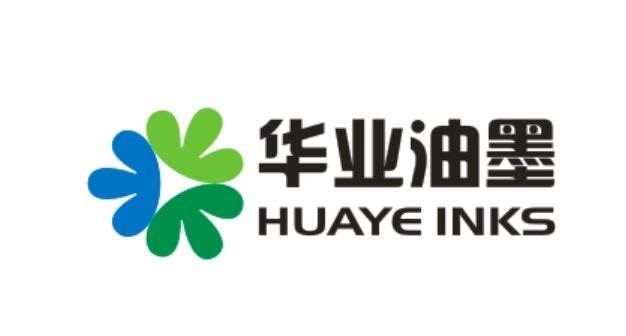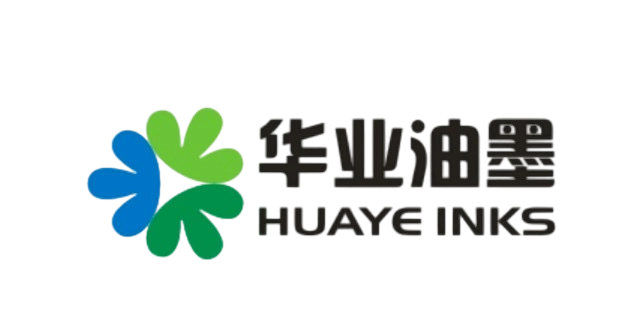Why Gravure Ink is Important for Ideal Quality and Appearance of Packaging Materials
The Use of Gravure Ink in Packaging and Its Technical Benefits
“Most of the colorful beautifully designed packaging bags in the market are printed using gravure ink, how many of you noticed that?” Engineer Wang, the technical manager of Zhongshan Huaye Ink & Coatings Co., Ltd., asked questions during a recent client learning program. Engineer Wang with his experience in packaging printing explained that Gravure Ink stands out for high quality aesthetic with its unrivaled effectiveness in printing. Using gravure printed technology, this ink can produce dots as fine as 200 lpi. What is more intriguing is that the color saturation is more than 30% higher than conventional inks.
An international chocolate brand serves as a perfect example of success. With last year’s update to their packaging, they fully shifted to using Gravure Ink series by Zhongshan Huaye. This not only enhanced the product’s shelf impact by 40% but also resolved previous color fading problems. “We did comparative tests,” Engineer Wang showed. “Not only did packaging printed with high-quality Gravure Ink exceed industry standards with 95% color retention after 100 friction tests, but it also surpassed industry standards by a significant margin.”
Adaptability is equally impressive in the production process. A well-known cosmetic group needed mirror-finish printing on PE film, which led to the creation of metallic-effect Gravure Ink. This custom solution not only met the client's needs, but also helped them boost their product value by 15%. “Conventional inks fail to provide this high gloss effect on plastic films. Our Gravure Ink, however, overcomes this challenge through specially designed resin systems and nanometer-scale pigment dispersion techniques,” adds Engineer Wang.
Specialized Needs for Packaging: Unique Uses of Gravure Ink
“About the high temperature retort packaging ink issue you raised, we found a solution,” said Dr. Zhang, R&D Director at Zhongshan Huaye as he visually engaged with a food packaging client during a technology-centered meeting.
Due to the specific requirements of the client's ready-to-eat food packaging, which needed sterilization at 121°C, conventional Gravure Ink would discolor and lose adhesion. To solve this problem, Zhongshan Huaye developed the HT Series Gravure Ink with molecular cross-linking technology to improve color stability.
This innovation was highly effective in the packaging of infant food products. One of the baby food industry leaders who switched to HT series Gravure Ink reported defect rates dropping from 3% to 0.5% and a reduction of customer complaints by 70%. "What surprised us the most,” said the Quality Director, “is that this Gravure Ink used food-grade safety inks and showed no migration even when in contact with liquid food."
Modern Gravure Ink is exceptional not only in withstanding heat but also in other functional applications for food packaging. Recently, Zhongshan Huaye developed new anti-counterfeit Gravure Ink which uses optical variable technology already used in anti-fake packagings for several premium liquor brands. “The pattern changes color with a simply angle modification to the gaze,” Dr. Zhang explained, “this Gravure Ink’s security features are irreversibly duplicable through ordinary scanning which offers clients dual protection."
Trends in Future Development and Choosing Gravure Ink Recommendations
The personalization and intelligent technologies in the packaging industry still offer a room for improvement in the Gravure Ink technology which is constantly evolving. “Clients shifted their attention to color and pricing only five years ago," Mrs.
As Marketing Manager, Chen explains, “now they prioritize functionality and sustainability.” This change is most notable in luxury packaging; for instance, a global jewelry brand recently required its suppliers to switch to eco-friendly Gravure Ink with special tactile effects.
In response to the trend, Zhongshan Huaye launched its Eco-Gravure series which is certified by EU ECHA. With the aid of this eco-friendly Gravure Ink, a listed company was able to secure a 200-million-yuan overseas contract in a collaborative project. “The client initially worried that switching to eco-friendly ink would compromise print quality,” Ms. Chen said, “but our Eco-Gravure actually delivered superior color performance."
For businesses that are contemplating a shift to eco-friendly Gravure Ink, there is expert advice to follow: have a well-defined heat resistance or anti-counterfeiting feature as a special product requirement. Choose suppliers with independent R&D capabilities because premium Gravure Ink formulations often need optimization for specific substrates. Lastly, look at the complete picture, including adjustments to the printing and post-processing techniques instead of solely focusing on the ink. “Successful Gravure Ink applications share one commonality,” Engineer Wang concluded, “they treat ink selection as a strategic decision to enhance value instead of just a cost cut.”
In the current packaging industry sortie, advanced performance and features of Gravure Ink has become a secret weapon for brands seeking added value. The range of applications for gravure ink technology is vast, spanning from food and luxury commodity packaging to security and smart labels, as well as unique and innovative packaging designs. The correct choice of Gravure Ink not only significantly improves print precision but also gives brands distinct advantage in the market.



